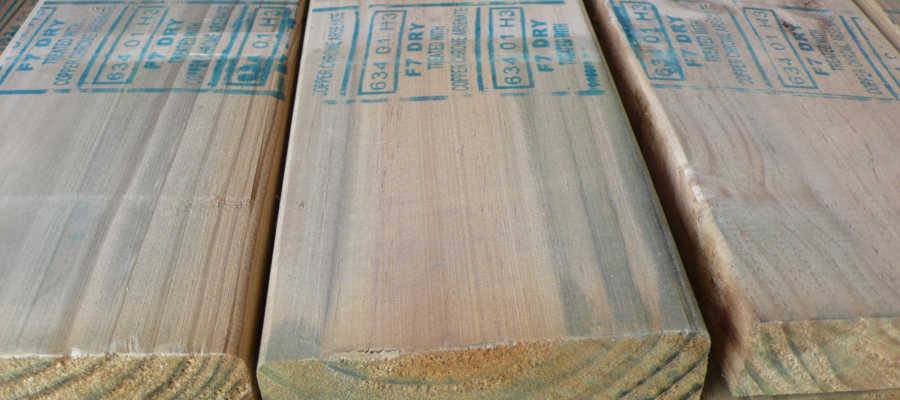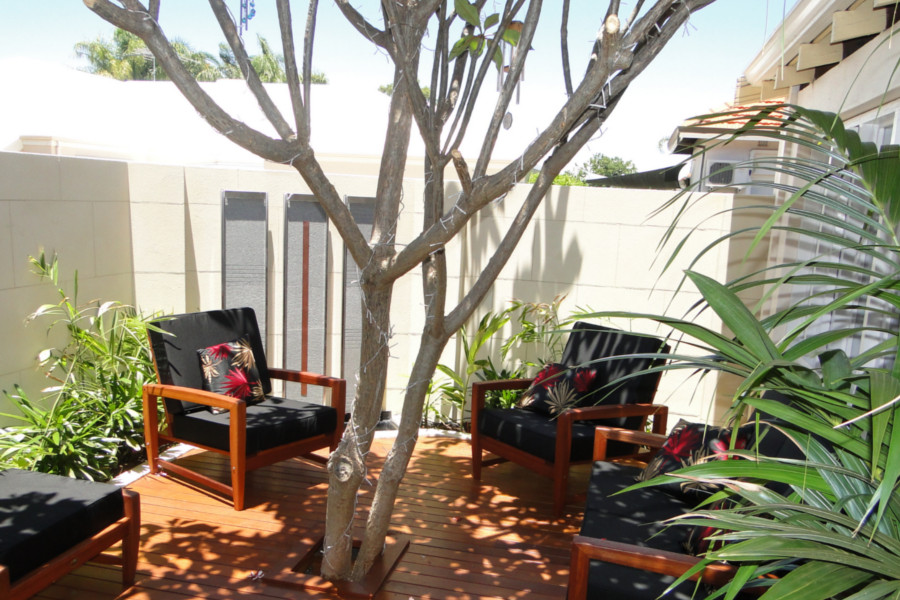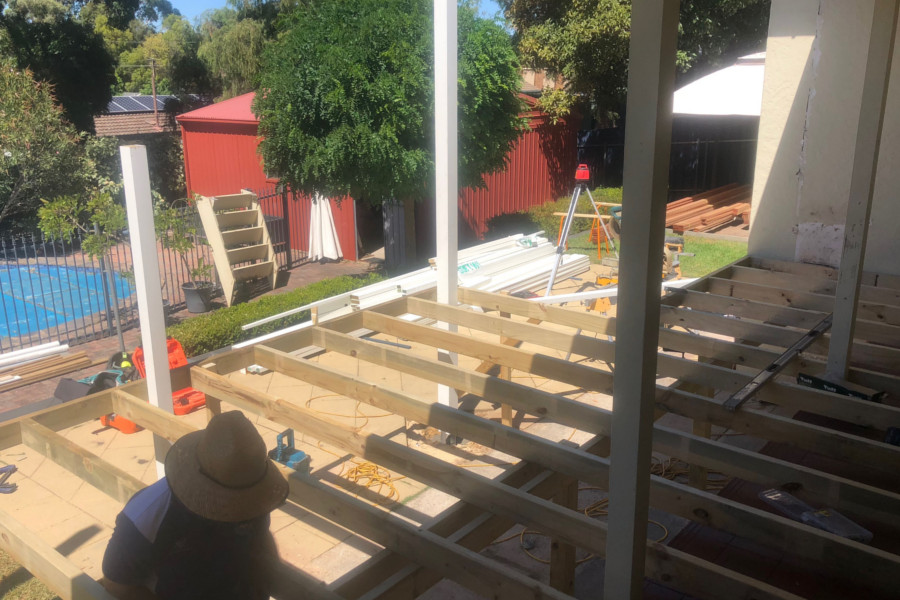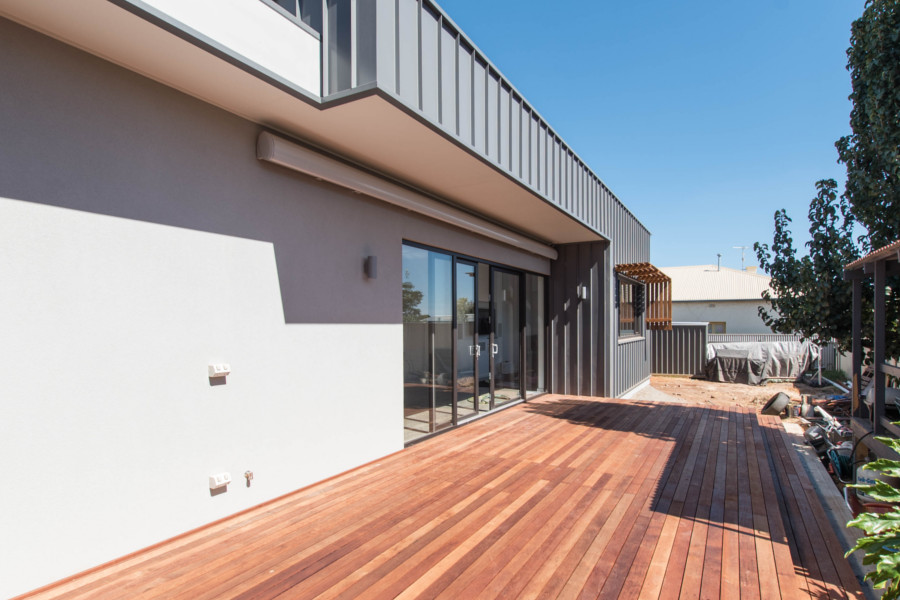
Timber has it quite rough; it’s under constant attack from fungi, insects and the weather. Were it not for the treatment it has, the timber that makes up your deck or pergola would quickly rot away. Wood treatments effectively protect timber from these harmful elements that can cause damage, rot and decay.
There are different types of timber treatments and each one corresponds to a specific type of threat to the timber. Some treatments work well against termites, others protect against borers, while others repel rot-causing fungi. All timber must be classified using a Hazard Level scale that prescribes the kind of treatment suited to the purpose for which the timber will be used. Our page on Hazard Levels and Stress Grading describes this in detail. The different treatments use different preservatives and each type of preservative has distinct penetration patterns and retention characteristics.
Water-Bourne Preservatives
These preservatives are dissolved in water and then absorbed into the timber when it is soaked in the solution.
- Copper Chrome Arsenate (CCA) protects timber from a wide array of threats, including rot, fungi, termites and other wood-boring insects. It is concocted from copper, chromium and arsenic. The copper prevents rot while the arsenic wards off insects. Chromium binds these two together into an insoluble compound that does not leach out of the timber. CCA-treated timber is designed to be used in outdoor areas, particularly where there is high moisture and lots of insects.
- Alkaline Copper Quaternary (ACQ) also uses copper to protect against rot and fungal attack. Ammonium Quaternary functions as the pesticide. Timber treated with ACQ possess most of the same qualities as CCA-treated timber, and so are also suitable for outdoor and in-ground applications.
- Tanalith E (or Copper Azole) also uses copper as the fungicide and Azole as the pesticide. Timber treated with this have most of the properties of CCA-treated timber, and it, too, can be used for in-ground applications.
Check out our Timber Treatment Information page to learn more about these different treatment options.
LOSP
Instead of being dissolved in water, the chemical components of Light Organic Solvent Preservative (LOSP) are dissolved in (as the name implies) an organic solvent. LOSP timber has lower impact on the environment compared to CCA-treated timber, but is just as suitable for in-ground applications.
Softwoods stock a huge range of LOSP timber. Since CCA treated pine has been phased out for use in areas where children could come into frequent direct contact with the timber – we no longer stock any CCA decking and sell only LOSP treated handrails. We only use CCA timber for purposes that are safe and fully government approved.
For more details on LOSP, visit our LOSP Timber page.



